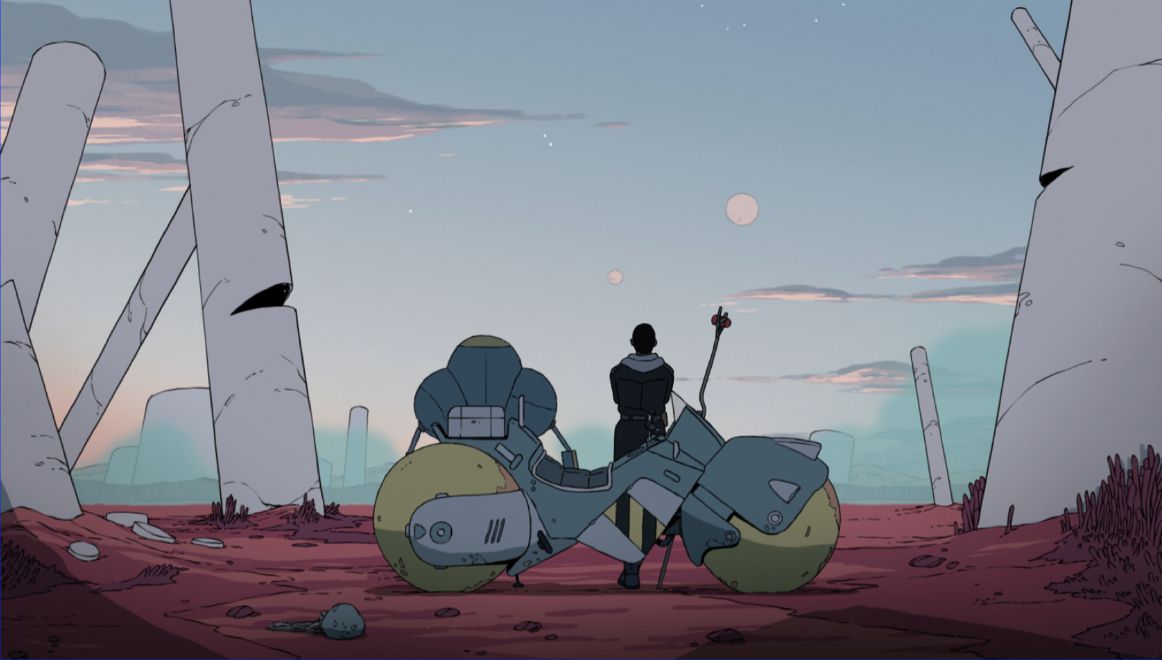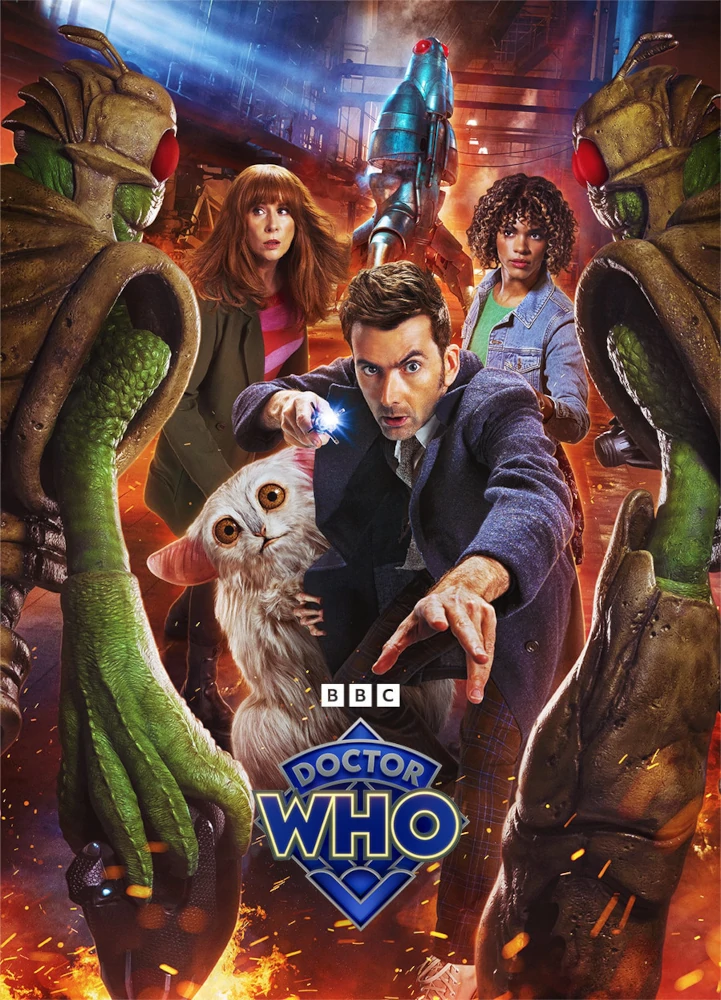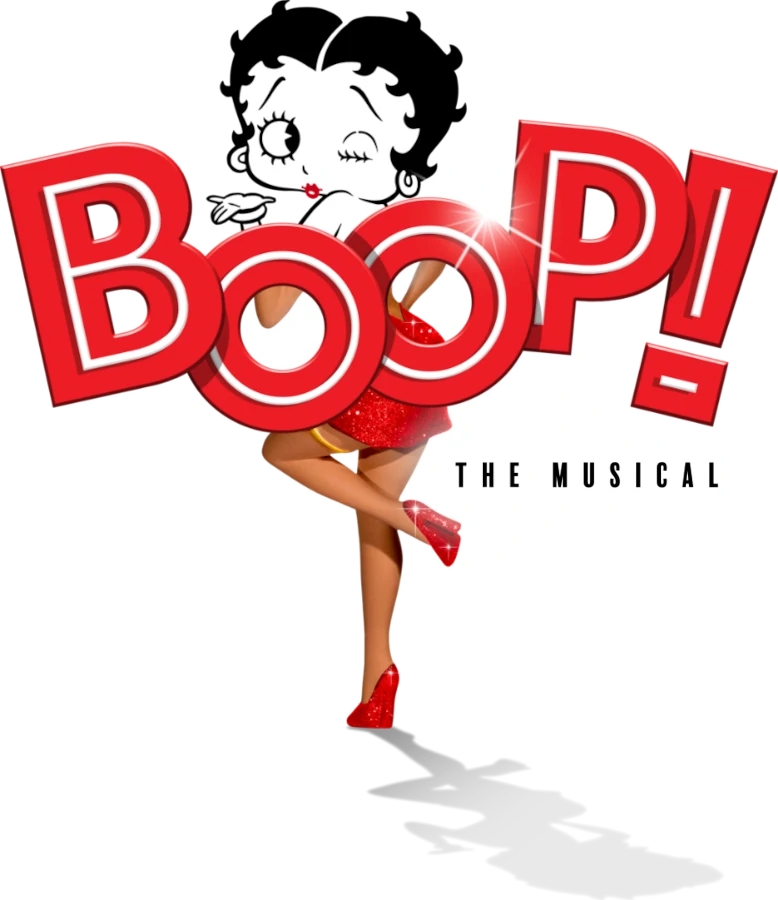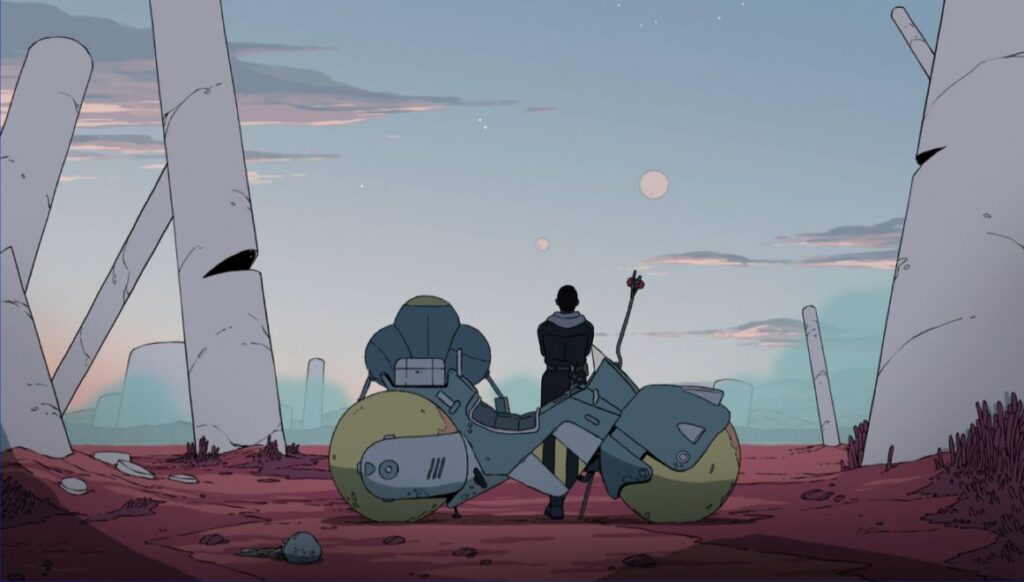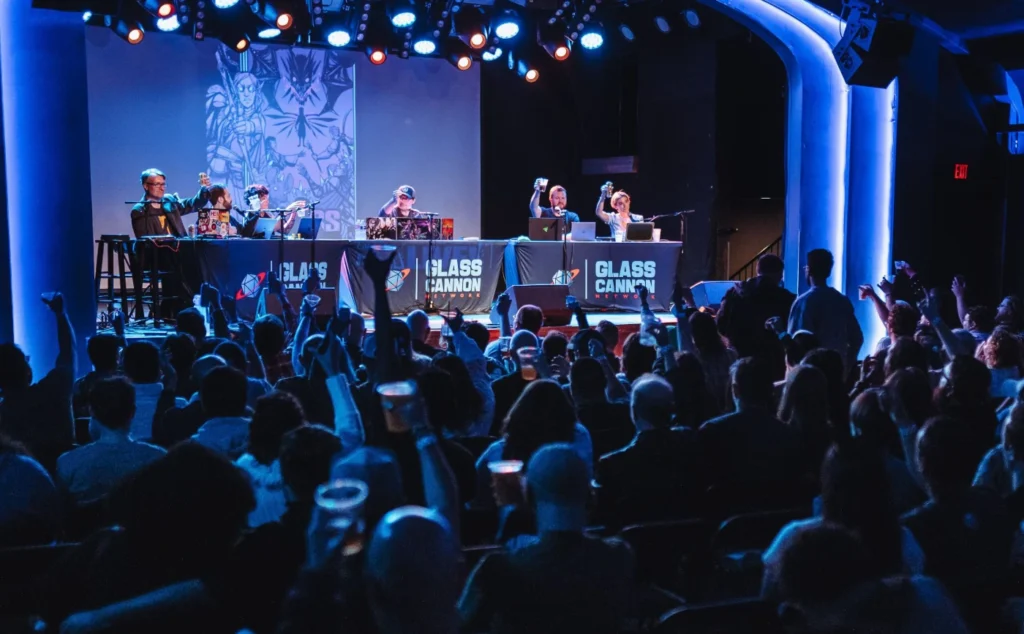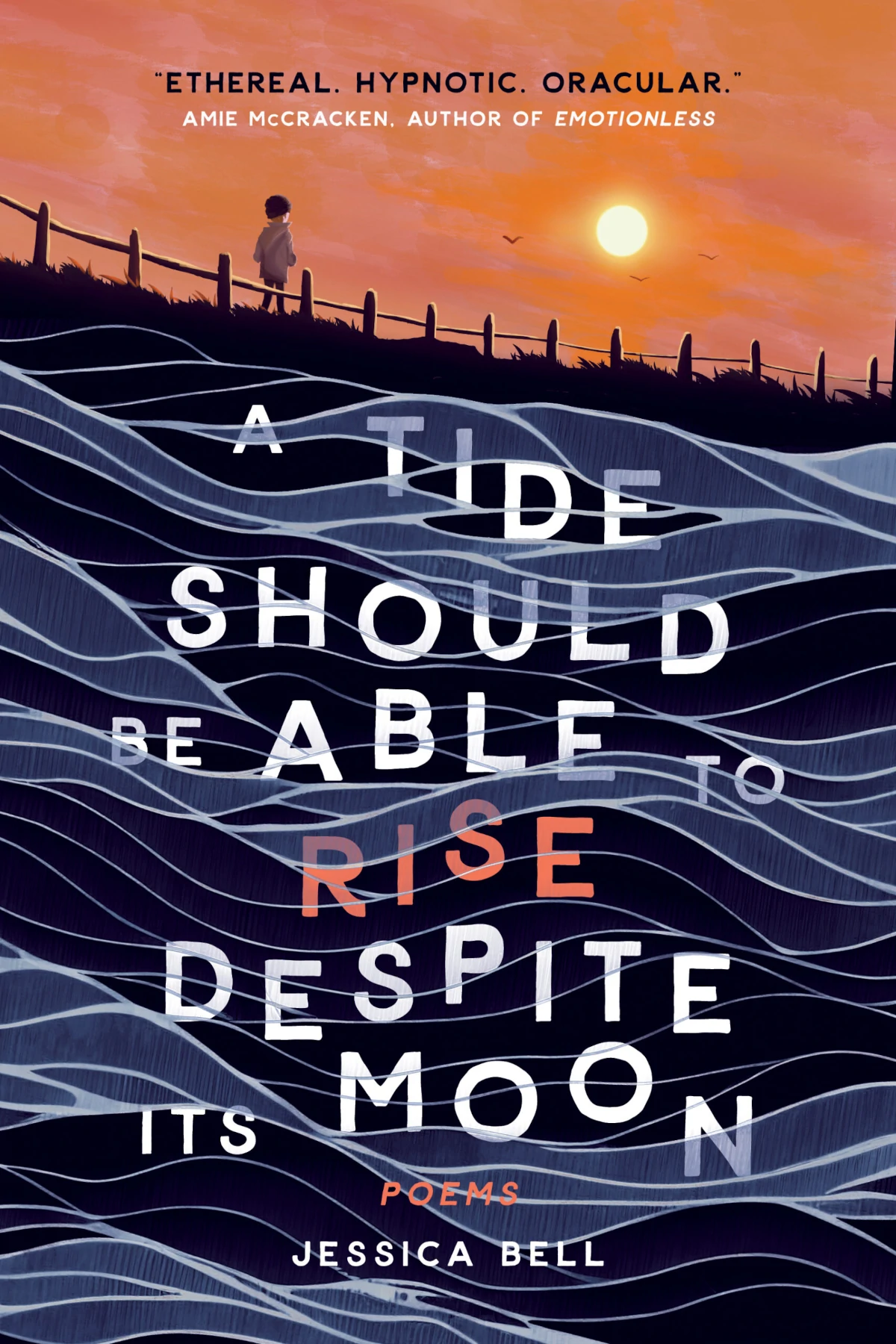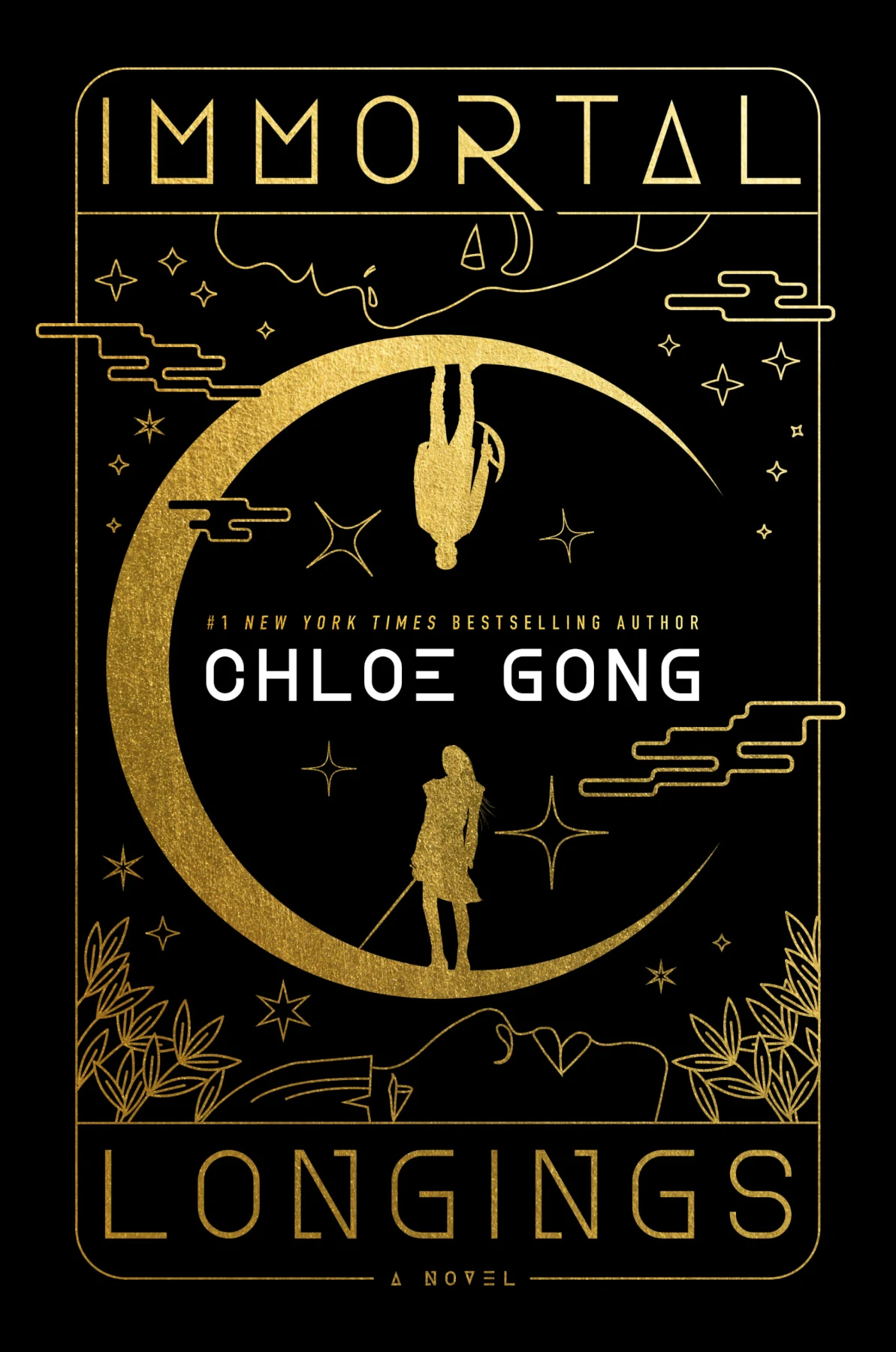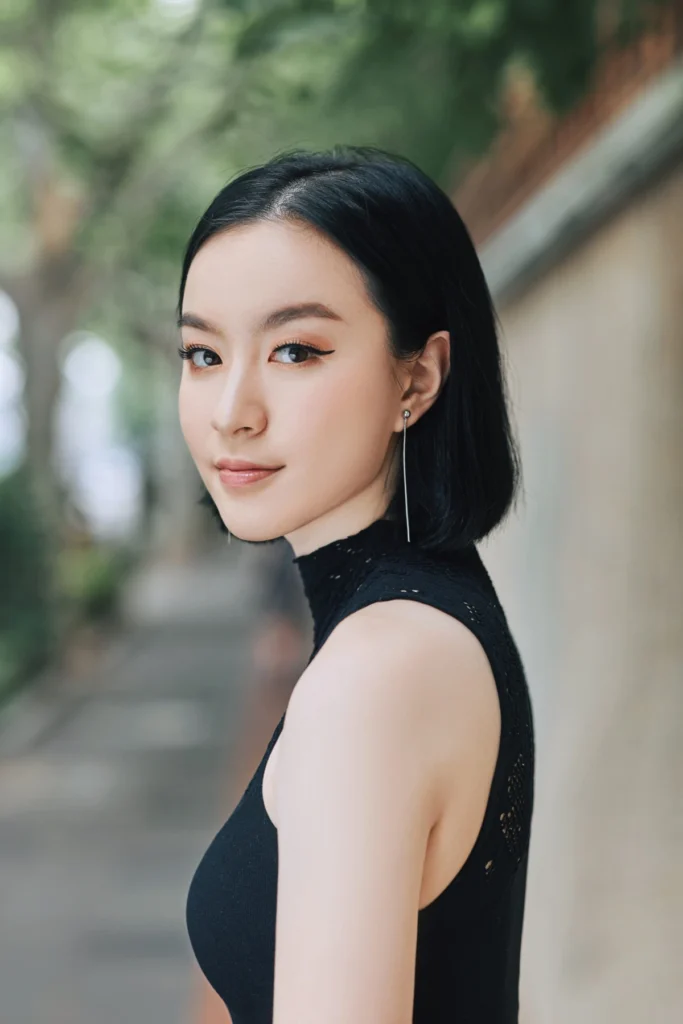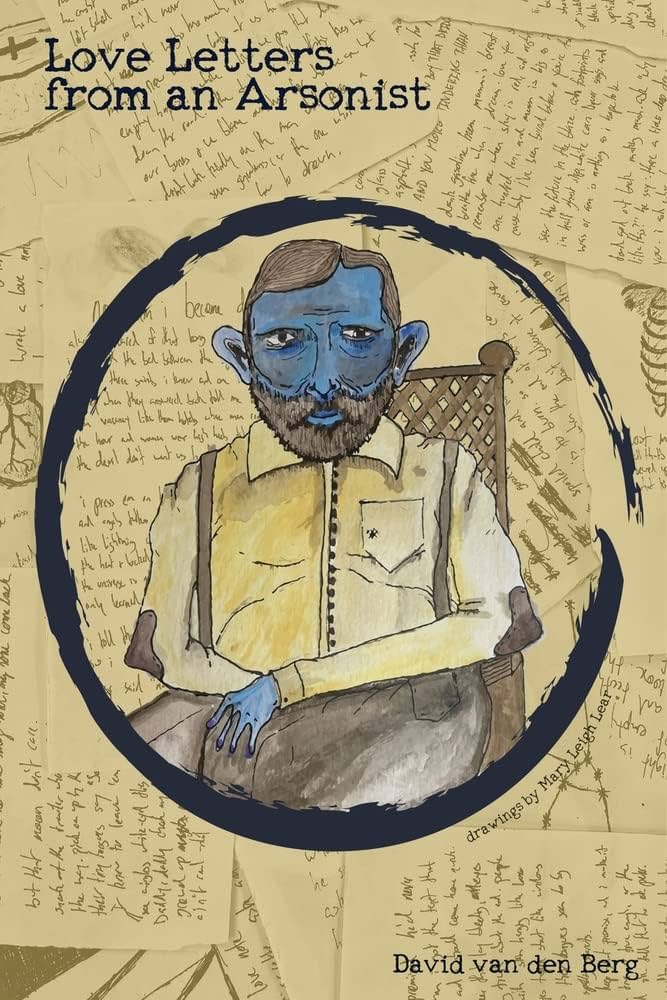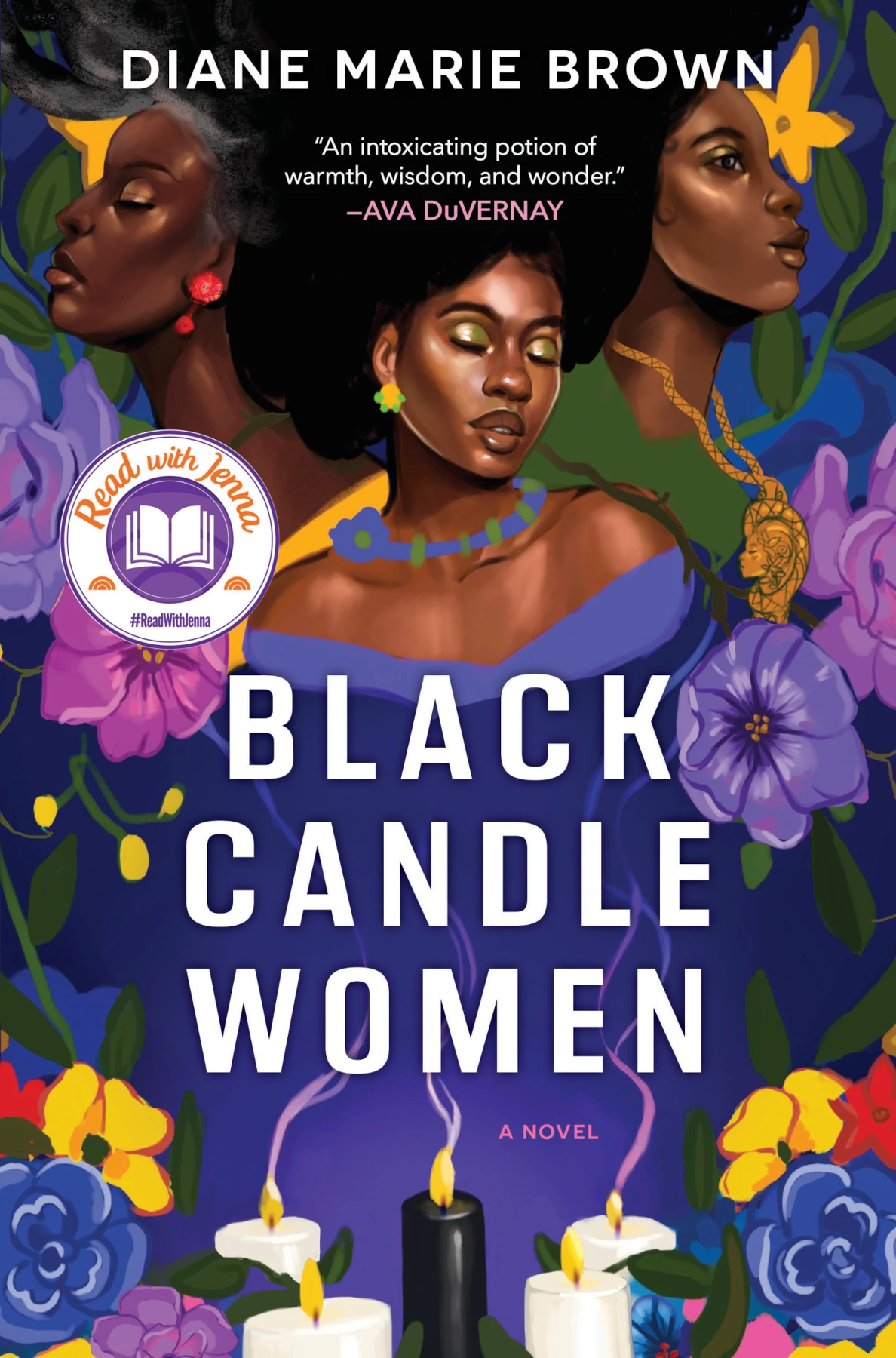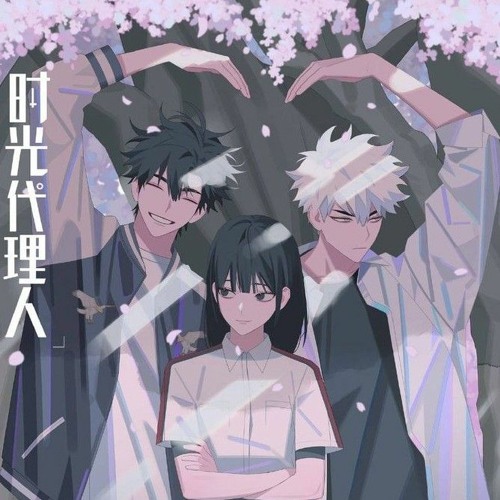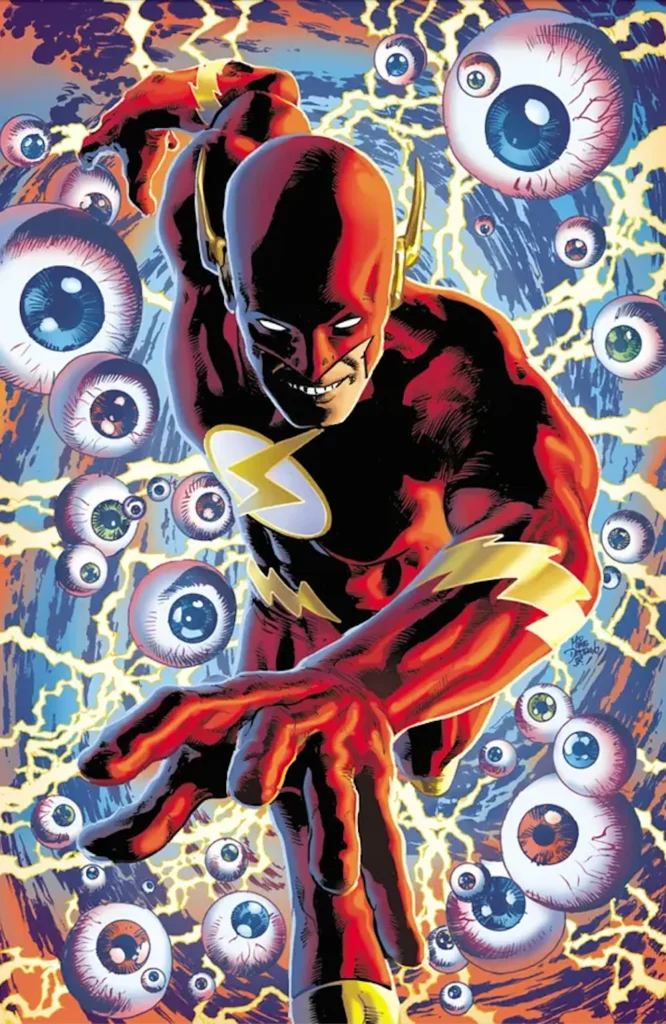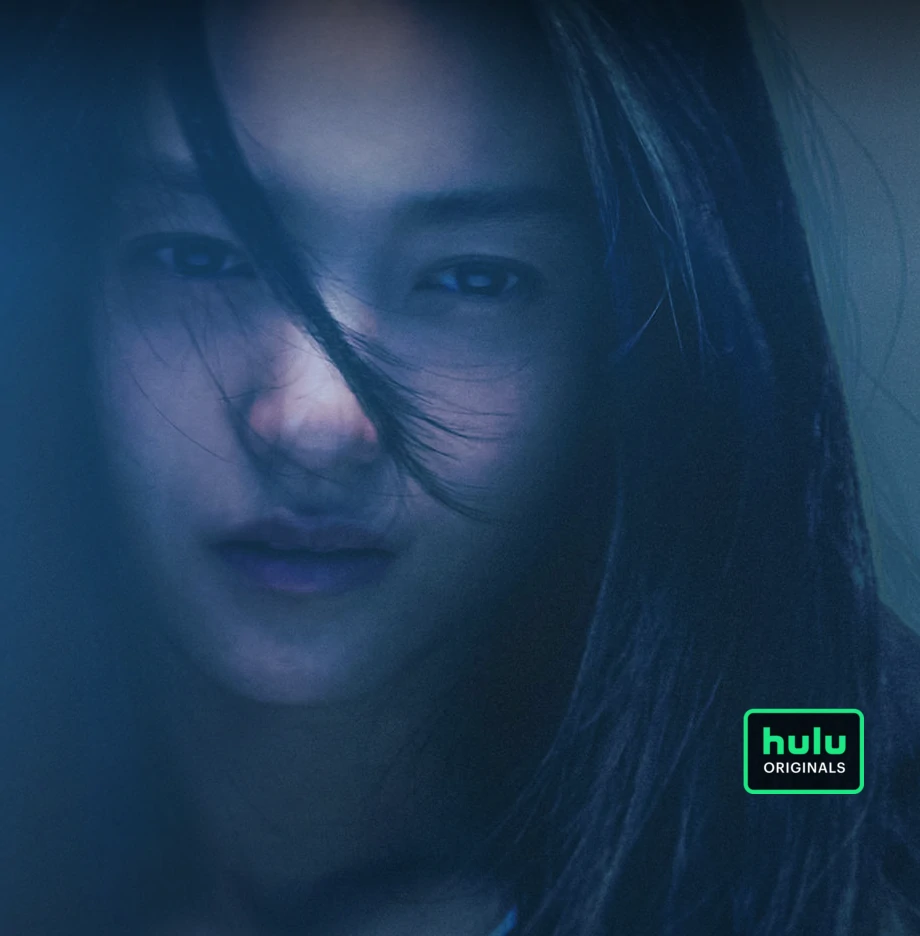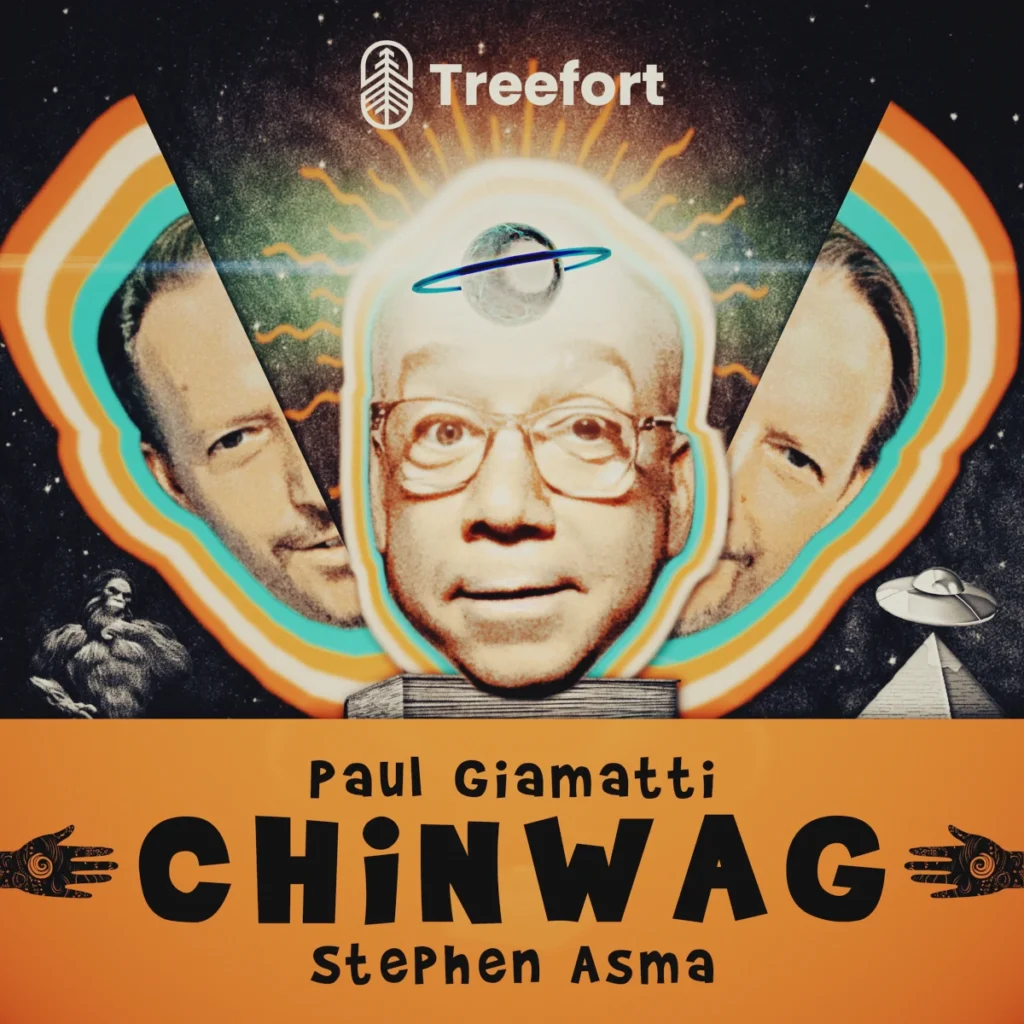
What Is Storytelling?
A Comprehensive Guide to Telling Stories, Part One
Here at the Brink Literacy Project, we view storytelling as a key part of our mission. We are devoted to utilizing its power to affect the lives of people on the brink—anyone who is marginalized in society or otherwise lacks access to traditional means of learning about and employing the art of storytelling. But what exactly is storytelling? And how does it have the power to change lives?
The National Storytelling Network defines storytelling as “an ancient art form and valuable form of human expression.” Telling stories is inherent to human nature. It has been around since the earliest humans roamed the earth. It is found in every culture and era of history. Storytelling has been a part of human communication for as long as humans have communicated.
But that doesn’t mean stories have always taken the same form. Thousands of years ago, cave drawings emerged as some of the earliest forms of telling stories. From then, storytelling has evolved over time, taking shape through oral traditions, the written word, and, in today’s world, digital media. Stories are told in many different ways for many different reasons. In this new blog series from Brink, F(r)iction’s Facts of Fiction, we’ll be providing lessons each month on how to write stories from start to finish. No matter your medium—poetry, flash fiction, short story, novel, screenplay, or other—you can use this blog series to better understand storytelling and start writing.
Embark on this epic journey with us now and discover what, exactly, storytelling is.
Storytelling and Communication
Storytelling and human communication are inherently intertwined. A study in Nature Communications found that storytelling serves as a powerful means of fostering social cooperation and teaching social norms. Storytellers themselves also reap the benefits, seeing improved chances of being chosen as social partners, receiving community support, and having healthy offspring.
In short, storytelling is perhaps our most powerful and essential tool for forming communities. It has played a key role in human evolution, helping shape many of the behaviors, beliefs, and structures that make up the world we live in today.
Storytelling and Psychology
Storytelling is also deeply entwined with the human psyche. Scholars have noted how human psychology and storytelling are connected, particularly from a teaching standpoint. An article in the Scholarship of Teaching and Learning in Psychology discusses the power of storytelling as pedagogy.
Brink has seen this in practice first hand through our educational programs that center around storytelling, such as the Frames Prison Program, F(r)iction in the Classroom, and Publishing Internship Program. Through storytelling, we as humans learn how to think critically, express ourselves, empathize and connect with others, and aspire for new dreams.
The Impact of Storytelling
There’s no doubt that stories influence our emotions. Ever cried during a movie? Laughed? Got goosebumps? If so, the story has done its job of influencing your emotions. There’s also evidence that stories expand our ability to empathize with others. Given what we’ve learned about stories so far, this makes sense. Stories broaden our imaginations by putting us in someone else’s shoes through the narrative.
Stories also have incredible educational value. Storytelling has been used to teach people things for almost as long as stories themselves have existed. Think about Aesop’s Fables for example. The classic fable “The Tortoise and the Hare” has many interpretations, but today it’s often used in the classroom to demonstrate the pitfalls of arrogance and to teach the idea that “slow and steady wins the race”—don’t rush things or you may fail due to your own arrogance.
Beyond this, stories are memorable. Because they’re memorable, lessons taught in the form of stories have a stronger chance of sticking with the reader.
Storytelling for Change
Brink believes storytelling is a powerful transformative process—that is, the story the writer tells and the way they tell it transforms them. It is one of the most powerful tools we have for self-empowerment. By telling a story, especially one’s own story, our experiences can feel more concrete and valid. Beyond that, we can use storytelling to examine, connect with, and influence our experiences to better understand our trauma, choices, and who we strive to become. In that sense, storytelling can work as therapy created by ourselves.
Storytelling is also a powerful tool for empathy and social change. Narratives are a worldview. They start wars and save lives. At Brink, we do our best to elevate voices that might otherwise be neglected or silenced. In our educational programming, our students have explicit discussions about what stories should be told and the misconceptions they seek to correct. We hand them a megaphone and ask, “What do people need to hear?”
Distant political decisions, the opinions of the public, and the judgment of strangers profoundly impact our students’ lives. Effective and empathetic storytelling has the power to change laws, unify a community, or help someone self-advocate for the care they need. In storytelling for change, both the writer and the audience are transformed in profound ways.
Storytelling’s Impact Through Time
Storytelling transcends cultures and generations, leaving a marked impact through time. Let’s take Le Morte d’Arthur by Sir Thomas Malory for example. This work is one of the first to take the many tales about the legendary King Arthur and the Knights of the Round Table and combine them together into a written work that forms a “complete” story. The Arthurian legend has had a clear impact on public and, particularly, literary consciousness, especially in the West. The lore has inspired multiple iterations and adaptations, from T.H. White’s The Once and Future King to the spoof movie Monty Python and the Holy Grail.
There are countless examples of stories making an indelible impact on culture like this, from One Thousand and One Arabian Nights to The Odyssey to Journey to the West. Ultimately, while the details of these stories may transform over time, affected by the social and political environment in the moment, they are retold over and over throughout history and culture.
Some argue, in fact, that there are only seven possible stories to write in this world. Others argue there are only three, or thirty-six, or six, and so on. However many there may be, storytelling has clearly been the crux of culture and communication for humans throughout history.
Storytelling Across Mediums
Stories can take many forms. We mentioned before that the earliest evidence of stories are drawings on cave walls. These pieces of past civilizations left behind prove that storytelling has always been a part of being human. But how has the form stories take transformed over time?
Oral Storytelling
Defined as “the telling of a story through voice and gestures,” the oral tradition of passing down stories has likely been around for as long as humans could speak. Even after the written word was created, stories have been passed down through generations by word of mouth. Think of the family lore learned from your grandparent over the dinner table, or the spooky tale shared over a burning campfire between friends.
Cultures from across the globe have a long and pronounced history of oral storytelling. Aboriginal Australians have storytelling rituals believed to date back almost 18,000 years. The Choctaw people, a tribe native to North America, have an oral storytelling tradition that goes back generations. West Africans, Jewish people, the seanchaí from Ireland, and native Hawaiians all have their own oral traditions as well.
The myths, legends, fables, religion, and more passed down via oral traditions have impacted the way people think, act, and tell stories—whether the stories themselves are true or not. Spoken from generation to generation, these stories are used to pass down cultural traditions and have helped shape society into what it is today.
The Written Word
Evidence shows that written language dates back about 9,000 years. The earliest known examples of writing come from the Sumerians in 3400 B.C. Around the same time, the Egyptians began using hieroglyphics as well.
The evolution from oral traditions to the written word provided stories with permanence. Spoken aloud, storytellers have a lot of opportunity for change and embellishment. The slip of a word, the leaving out of a detail can mean a story changes a lot when it passes from one person to the next. The written word is less easy to change and more easily referenced. The creation of the printing press in 1436 further impacted the power of the written word. From there, newspapers, mass market paperback novels, science journals, and so much more have been key to spreading stories in the form of the written word far and wide.
Digital Storytelling
Since the mid-twentieth century and the birth of the Information Age, we’ve introduced digital forms of storytelling. Social media has advanced and truncated stories in ways that are still being studied. The internet has allowed more stories to reach more people than ever before. New forms of storytelling, such as day-in-the-life videos, have allowed more people than ever to become storytellers themselves and on a broader platform. Brands themselves have become storytellers, as the world of business utilizes the power of storytelling to sell products and services. We live in an age not just of unlimited information, but also of unlimited storytelling.
Types of Stories
In the best stories, a single line tells a story itself. A single paragraph contains a beginning, middle, and end. A single scene introduces and resolves a problem. Stories can be told in many ways, from visual paintings, sculptures, photography, and video to songs—whether they have lyrics or not—to poems and epic sagas. We can’t cover them all there, so let’s briefly dive into the different kinds of stories that F(r)iction publishes.
Storytelling Mediums in Short
Think of the different forms of written word storytelling as a Matryoshka doll. On the outside, you have the longest, fullest-breadth story you could possibly imagine—an epic saga like The Tales of Genji or The Epic of Gilgamesh. Within that, you have novels, such as Journey to the West or Don Quixote. Then, you have novellas—generally speaking, about 10,000 to 40,000 words in length. Many famous works, including Siddhartha, Animal Farm, and Bartleby the Scrivener technically fall into this category. Finally, you have the short story, flash fiction, and poetry as shown below. Ultimately, all of these are just smaller versions of each other. Or, you can look at it the other way—The Epic of Gilgamesh is really just a bunch of short stories put together into an overarching narrative to create an epic. Creative nonfiction and comics are just different forms of the other mediums that can be as long or short as needed.
Poetry
Think of a poem as a very, very short, lyrical story. Take Joe Dunthorpe’s “Boating” as an example. This poem tells the story of Charon, the ferryman that takes dead souls across the river Styx in Greek mythology, on one of his many journeys across the Styx.
Here, we have an established character, Charon, in an established setting, on a boat in the river Styx, following the plot of dropping a fishing rod into the river, taking the souls across it, and then returning to find that he’s caught a fish. Each line that Dunthorpe writes in the poem lends itself to the telling of the story. No words are wasted, and the punctuation and spacing of the words on the page are a part of the story being told. This is poetry at its best, where form, format, and words come together to form a perfect story.
Flash Fiction
Flash fiction is a very short story, defined by Brink as 1,000 words or fewer. Take a look at “The Forgiveness Machine” by Joy Baglio, a piece that follows the character Pam as she hesitates to use the forgiveness machine for a lifetime. Even though flash fiction tells a story in just a few paragraphs, it must still feel complete and contain both conflict and resolution.
Short Stories
The short story has an interesting and often debated history. Prospect Magazine purports that the earliest modern short story is Walter Scott’s “The Two Drovers,” published in 1827. Whether that is true or not, the generally accepted length for short stories is about 1,000 to 10,000 words. F(r)iction accepts submissions between 1,000 and 7,500 words. Like flash fiction, short stories aim to tell a complete story in a shorter space than, say, a novel. Every line and scene must lend itself to telling the story because there’s no room to waste. Check out “Interstellar Space” by Scott O’Conner to better understand what a short story can look like.
Creative Nonfiction
Creative nonfiction (also referred to as CNF) tells a story just like any of our other genres. However, this story must be based in truth and reflect an accurate retelling of the author’s real-life experiences. Crucially, it uses craft techniques of fiction to tell nonfiction—unlike other forms of nonfiction such as biography.
F(r)iction accepts work up to 6,500 words and, while it is nonfiction, we ask that it still contains a “weird” or “strange” element matching with F(r)iction’s other work. Read “To Get To Sleep” by Benjamin Kinney to get an idea of what we look for in CNF.
Another note for this kind of story is that it can come in many forms of its own: flash fiction, memoir excerpt, personal essay, or braided narrative to name a few. The main differentiator from other genres is that it reflects true rather than fictional events.
Comics
Comics are stories told using words and, importantly, pictures. When thinking about comics, perhaps the funny and sometimes silly comic strips published in newspapers come to mind, or else a favorite graphic novel. Either is correct, but comics as a medium take many forms. The MoMA in New York City notes that, “Any work of art that divides into two or more side-by-side parts is formally a comic.”
F(r)iction publishes at least one every issue because we see comics as an essential form of storytelling. For this reason, our Frames Prison Program centers around our students crafting their own short graphic memoir. To get an idea of the kind of comics F(r)iction publishes, take a look at “Personal Mythology” by Tracey Maye, with art by Arthur Asa, Nakoo, and Florian Shahab.
Crafting a Compelling Story
Today’s definition of a “story” feels quite set in stone. But this hasn’t always been the case. In general, stories seem to share three major elements: character, plot, and setting. These three pieces make up pretty much every story—and that’s why getting them right is so key to telling a good one.
Let’s take a story that serves as the prototype for the modern novel as an example: Don Quixote by Miguel de Cervantes. Written in 1605, Cervantes wrote this work to satirize the idea of chivalry and chivalric romance. Don Quixote tells the story of its titular character on his epic “quest” to follow the chivalric ideals of the books he’s read.
Character
Cervantes succeeded at creating a character in Don Quixote so impactful that it led to a new word: quixotic, meaning “exceedingly idealistic, unrealistic, and impractical.” This alone tells you all you need to know about Don Quixote as a character. In his impact, we see the effect that a good character has on an audience. People care about characters in a story more than anything else in a story. Characters serve as the heart of the story, and their relationships, personality, and struggles will keep us reading even if we, for example, aren’t an errant knight from the seventeenth century.
Plot
Plot is the main events of a story devised and presented by the writer as an interrelated sequence. Rather than a specific structure, plot is simply which characters need to be present in a scene in order to share information and have events take place so that the story follows its intended order. Most of the time, the plot comes together as it’s written and is not necessarily planned out before the start of a story. Of course, there are exceptions, but every good story needs major plot revisions after that first rough draft.
Continuing with Don Quixote as our example, we know Cervantes wrote purposefully to illustrate the demise of chivalry. To do so, he created a character who lives in fantasy while fully believing and following the code of chivalry. Over time, the events of the story and the other characters present in it are used to burst his bubble. Every moment that happens in the story serves this purpose and leads to the conclusion.
Setting
All stories must exist in a time and place. And the reader of the story must be privy to this information as near to the beginning of the story as possible. Whether that time and place is familiar to the reader or alien, the context that setting provides in a story is essential to the reader understanding it.
Don Quixote takes place in the early 1600s in La Mancha, Spain. The concept of chivalry would have been well-known to readers of the time. A modern adaptation of this novel may seek to translate the concept of chivalry into something more familiar to today’s audience, such as a set of religious ideals. Or else the storyteller would simply take the time to explicate the code of chivalry so that the audience understands it. Either way, key information such as the time and location will go a long way in ensuring a well-told story.
Pursuit of a Problem
There is one more essential aspect to storytelling that all of the above help make up. As Haruki Murakami puts it in IQ84, “the role of the story [is], in the broadest terms, to transpose a single problem into another form.”
For Cervantes, this problem is the illusion of chivalry and those who follow it. Don Quixote’s obsession with chivalry leads to the events of the story taking place and forms the central conflict of the novel. Every story must have a conflict, and that conflict must result in a resolution. Whether the resolution actually resolves the conflict is up to the storyteller. But the importance of conflict and resolution cannot be understated. Characters in a story are doomed to be constantly in conflict because this is what makes stories so impactful.
F(r)iction’s Facts of Fiction: Your Guide to Storytelling
As you can see, storytelling connects all of us. It has the power to change language, unite communities, and move causes forward. It comes in many forms, from the novel to the poem to the comic strip and much more. It has been around since before the written word. It is an educational tool and a way to bring people together.
Our goal is to empower you, reader, to be the teller of your own stories. This is part one of a series of blogs the F(r)iction Log is releasing over the course of 2024 that can serve as your Storytelling 101. Whether you’re a beginner writer who’s unsure where to start, a seasoned writer looking for a refresher on the things you learned in school, or just curious about what it takes to tell great stories, we’re here for you.
Over the course of this limited blog series we’ll delve into topics such as story structures, exposition, character and conflict, description, editing, and so much more. Come on this journey with us! Write your own stories and consider joining the National Novel Writing Month challenge in November. Even better—once you’re done with all these blogs and have written your story, submit your work to F(r)iction!
